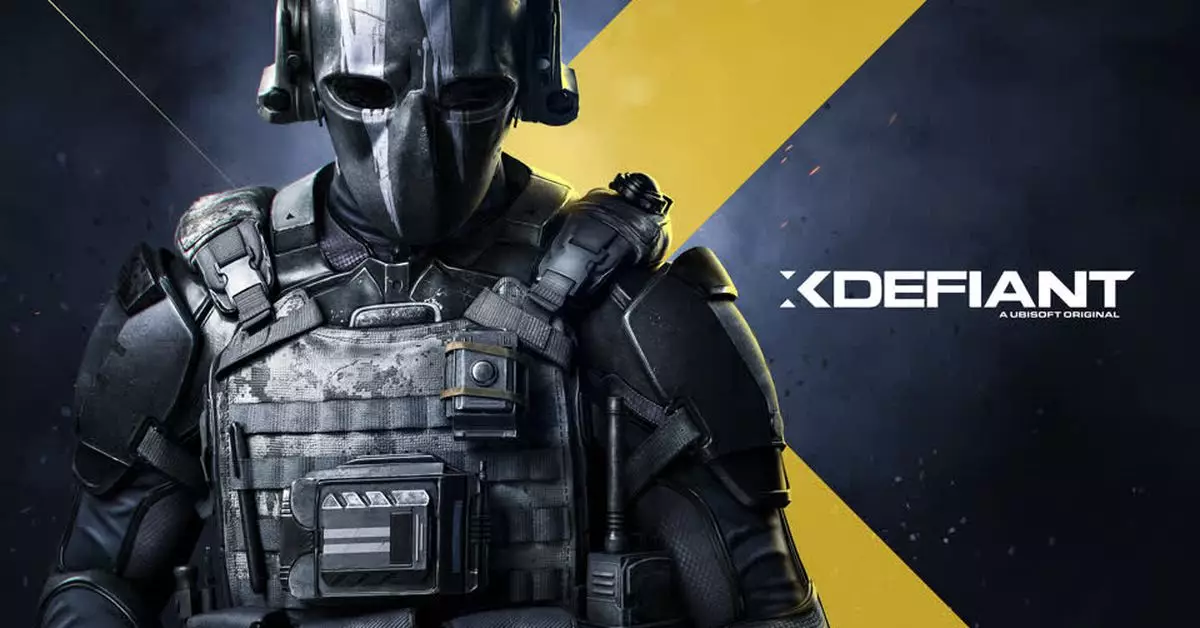In a landscape crowded with competitive online shooters, Ubisoft’s XDefiant emerged with substantial fanfare and lofty ambitions. Launched officially in spring 2023, expectations were markedly high following a closed beta that showcased the game to over a million eager players. However, the excitement would be short-lived; within months of its debut, the announcement arrived that the game would be discontinued, echoing the fate of its predecessor Hyper Scape, which also had failed to captivate and sustain a loyal audience.
Despite achieving rapid player engagement, boasting over 10 million users within its first two weeks, XDefiant could not sustain the initial momentum. The contradiction between the promising launch figures and the impending shutdown raises questions about the fundamental aspects of player retention. Key metrics such as “strong average revenue per session day” hinted at a lucrative beginning, yet the underlying issues began to unfold quickly. By the fall of 2023, concurrent player counts reportedly dipped below 20,000, signaling a significant loss of interest that ultimately rendered the game unsustainable.
Ubisoft’s communication was clear: the game would remain playable for those who signed on before December 3, 2024, and all functionalities would stay operational until June 3, 2025. However, players had already begun to express concerns regarding the longevity of their investment in the game. The assurance of content updates until the closing date, including planned season launches, provided a glimmer of hope. Even so, the need for refunds—particularly for purchases like the Ultimate Founders Pack and various in-game items—suggests a deep disconnection between player expectations and the reality of the game’s lifecycle.
For Ubisoft and other developers, the rise and fall of XDefiant serve as a poignant reminder of the volatile nature of free-to-play gaming markets. The transition from a robust initial player base to declining numbers raises critical considerations about game design, community engagement, and marketing strategy. Developers must focus not only on attracting players but also on building a community that sustains interest over time. The emphasis on monetization through microtransactions must be balanced with the overall quality of player experience to avoid the pitfall of rapid player turnover.
Ultimately, the demise of XDefiant may influence the strategic outlook for future gaming ventures within the industry. As challenges surrounding player retention and engagement become more pronounced, game developers will need to innovate continually and listen to player feedback. The focus must shift toward creating not just games, but immersive experiences that keep players coming back. The narrative of XDefiant may be one of disappointment, but it also serves as a critical learning platform in the evolving dynamics of the gaming industry.

